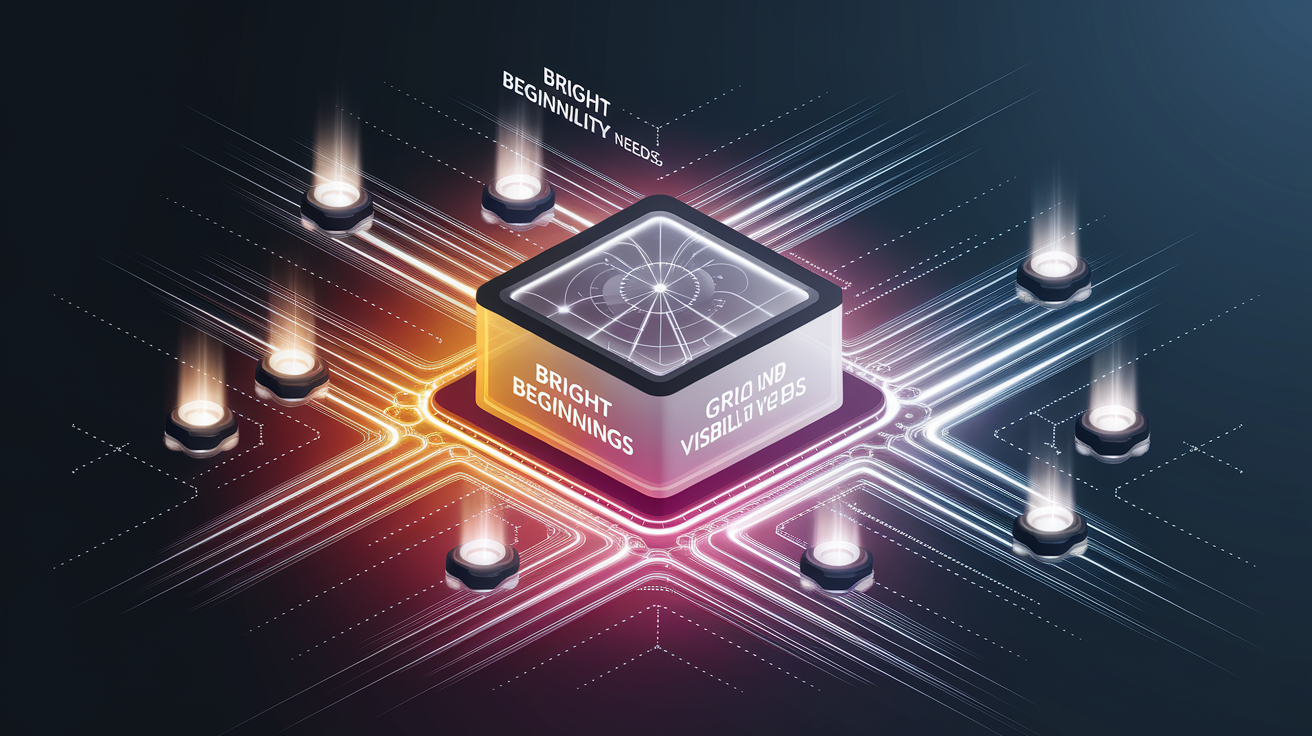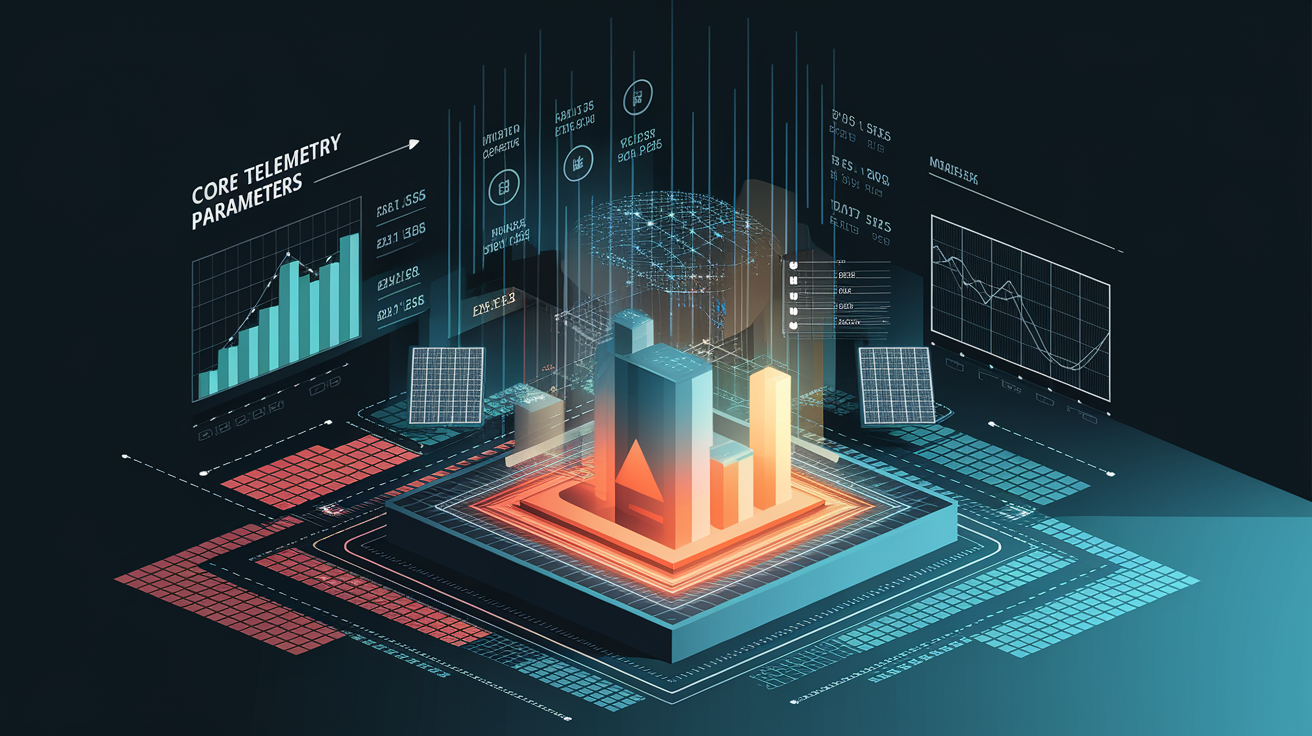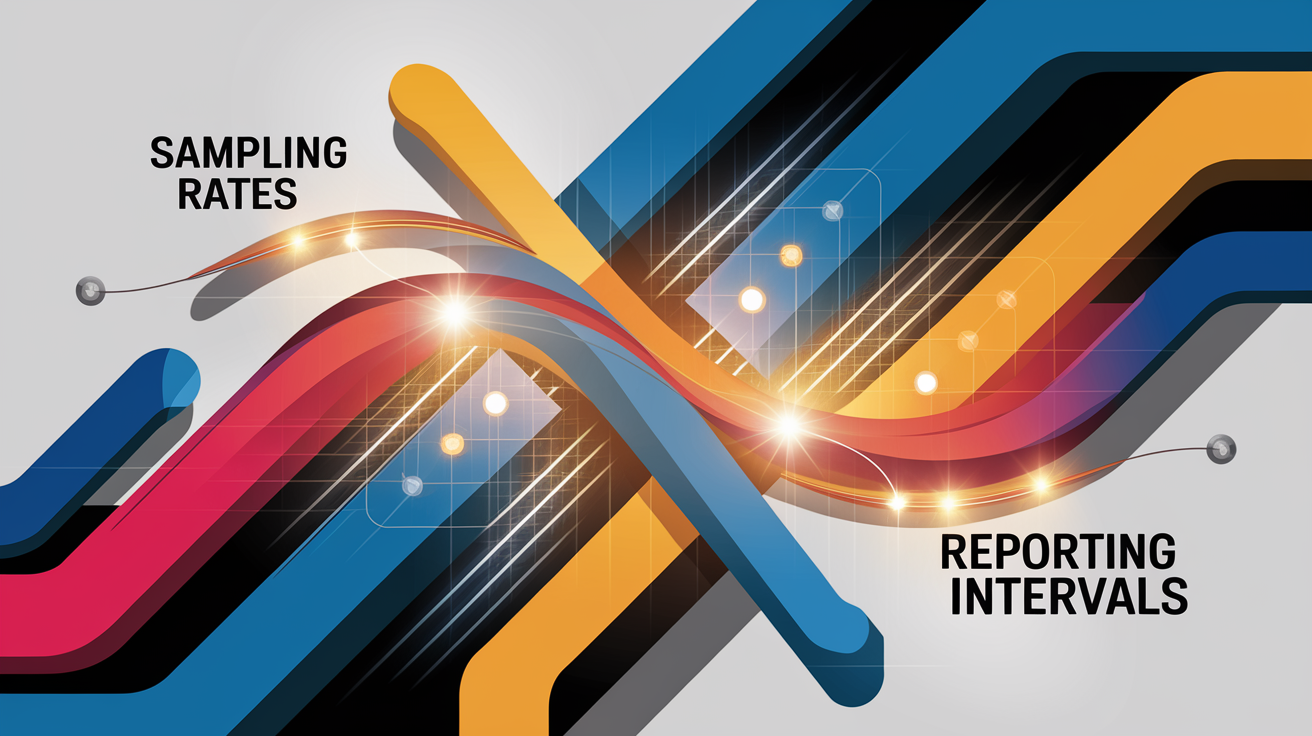Solar Seen: Achieving Grid Visibility Telemetry for Distributed PV
Bright Beginnings: Understanding Grid Visibility Needs
As distributed solar adoption accelerates across the United States, utilities are confronting an increasingly urgent challenge: maintaining precise, real-time awareness of generation and consumption at the grid edge. Grid visibility — the ability for a distribution system operator to monitor power flow, solar output, and load conditions — has become a cornerstone of grid modernization and renewable energy integration. Without this situational awareness, operators cannot reliably manage voltage regulation, frequency response, or grid stability in regions seeing rapid deployment of rooftop photovoltaic (PV) systems.

Telemetry systems, which enable remote collection and transmission of operational data, are the primary tools providing this visibility. By offering detailed insights into distributed generation and load patterns, telemetry aids in real-time monitoring, grid operations, and the safe integration of high penetrations of renewable energy resources into the utility grid.
Core Telemetry Parameters for Distributed Solar
Effective monitoring of distributed solar installations requires tracking a range of key parameters. Utilities and operators typically prioritize:

- Solar generation output (kW and kWh)
- Voltage levels at the point of interconnection
- Frequency data relevant to system stability
- Reactive power measurement for reactive power management
- Operational status and fault information from smart inverters
- Ambient and module temperature for performance diagnostics
- Power quality metrics to support power quality monitoring and compliance
These metrics form the basis of power flow analysis and solar generation forecasting, enabling distribution system operators to act on real-time changes in system conditions.
Data Acquisition and Communication Standards
Data acquisition systems for distributed PV monitoring range from advanced metering infrastructure (AMI) to inverter-integrated telemetry hardware. Communication protocols vary by utility but often include standards such as IEEE 2030.5 (SEP2), Modbus TCP, and DNP3 for SCADA integration. Modern solar PV monitoring solutions increasingly rely on secure IP-based communication networks, ensuring that telemetry from grid-tied solar systems reaches grid control centers in real time.

Utilities are working with technology providers to establish standardized telemetry interfaces for distributed energy resources (DERs), allowing seamless aggregation of generation data from systems of varying capacities and manufacturers.
Sampling Rates and Reporting Intervals
The variability of solar output necessitates rapid data sampling. For rooftop PV visibility, sub-minute sampling rates — often in the range of 1-15 seconds — are preferred to capture output changes caused by shifting weather conditions. Reporting intervals to the utility may vary depending on the grid’s operational needs, regulatory directives, and communication bandwidth, but high-penetration solar areas require near-real-time reporting for effective grid management.

Finer granularity in monitoring intervals improves load forecasting accuracy and enhances the performance of distribution automation systems tasked with voltage control and microgrid management.
Accuracy, Precision, and Calibration Needs
Accurate telemetry data is essential to support grid reliability functions, including voltage regulation and frequency response. Equipment calibration — either on a scheduled basis or triggered by drift indicators — ensures that smart inverters and power electronics deliver precise readings. Errors in measurement can undermine grid operations and forecasting models, making adherence to quality metrics and compliance with metering standards a priority for utilities and distributed solar asset owners alike.
Regulatory and Interconnection Mandates
States and regulators are tightening visibility requirements on distributed solar interconnections. Rules often mandate production-meter-quality data from PV systems, compliance with approved communication protocols, and minimum sampling and reporting standards. The Federal Energy Regulatory Commission (FERC) and regional grid operators are pushing for enhanced DER telemetry to ensure compatibility with grid planning and operation tools such as Distributed Energy Resource Management Systems (DERMS).
Some jurisdictions incentivize the adoption of advanced telemetry systems through reduced interconnection review times or eligibility for participation in grid services markets.
Best Practices for Telemetry Deployment
Industry case studies suggest several best practices for telemetry implementation in distributed solar monitoring and control systems:
- Leverage existing smart inverter capabilities for integrated data collection
- Ensure compliance with utility-specified communication protocols and cybersecurity standards
- Adopt scalable data acquisition equipment capable of interfacing with future grid edge devices
- Incorporate redundancy in communication networks to prevent data loss
- Coordinate with distribution grid monitoring teams for alignment on data standards
- Integrate telemetry feeds with forecasting and grid stability management platforms
Following these practices improves resilience and facilitates the smooth operation of energy storage systems, demand response programs, and other distributed energy resources alongside rooftop solar.
Sunsets and Next Steps: Optimizing Telemetry for Growth
Looking ahead, emerging technologies such as artificial intelligence and machine learning are poised to enhance telemetry capabilities by modeling and predicting solar output even in the absence of direct metering. Partnerships between utilities, aggregator platforms, and PV manufacturers promise to expand visibility without prohibitive infrastructure investments. The integration of telemetry from smart inverters directly into DERMS platforms is accelerating, allowing for coordinated control of diverse assets from solar panels to battery storage.
As renewable energy integration deepens, granular and reliable telemetry will be fundamental to unlocking the full value of distributed solar. Investments in standardized communication, precise data acquisition, and advanced analytics will help balance real-time operations with long-term grid planning — ensuring that the sunsets ahead are matched by equally bright prospects for grid stability and modernization.







